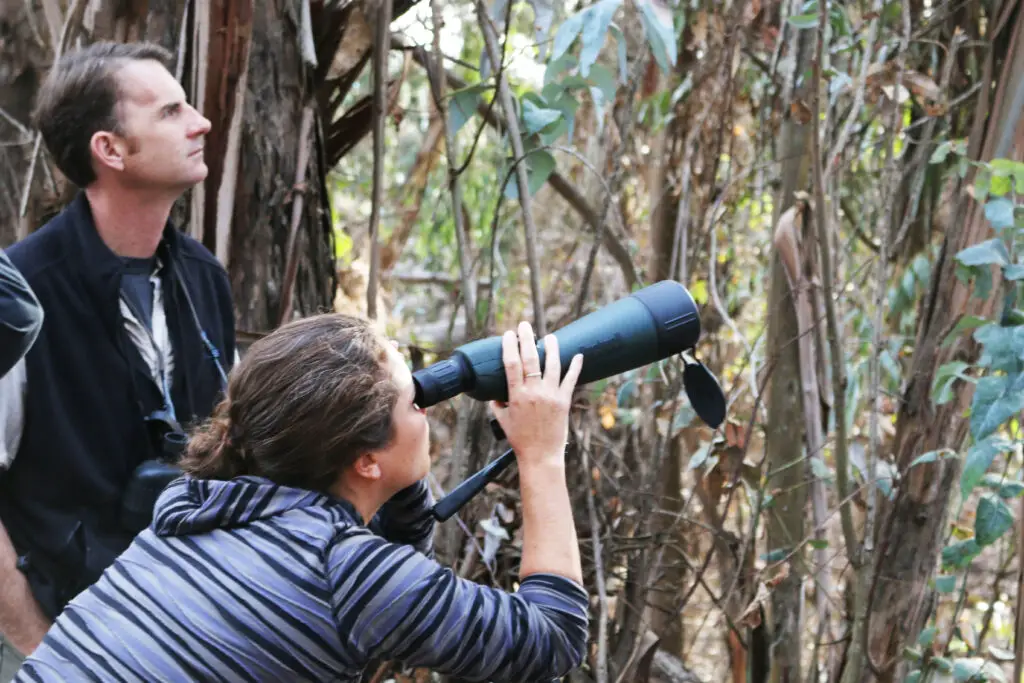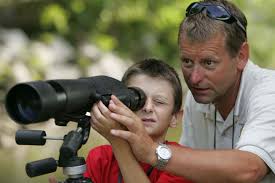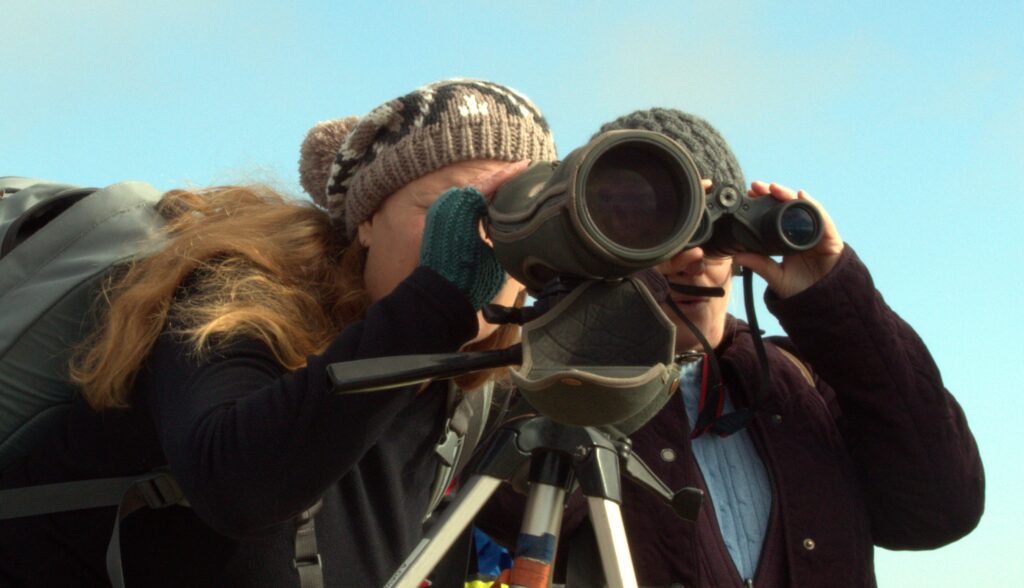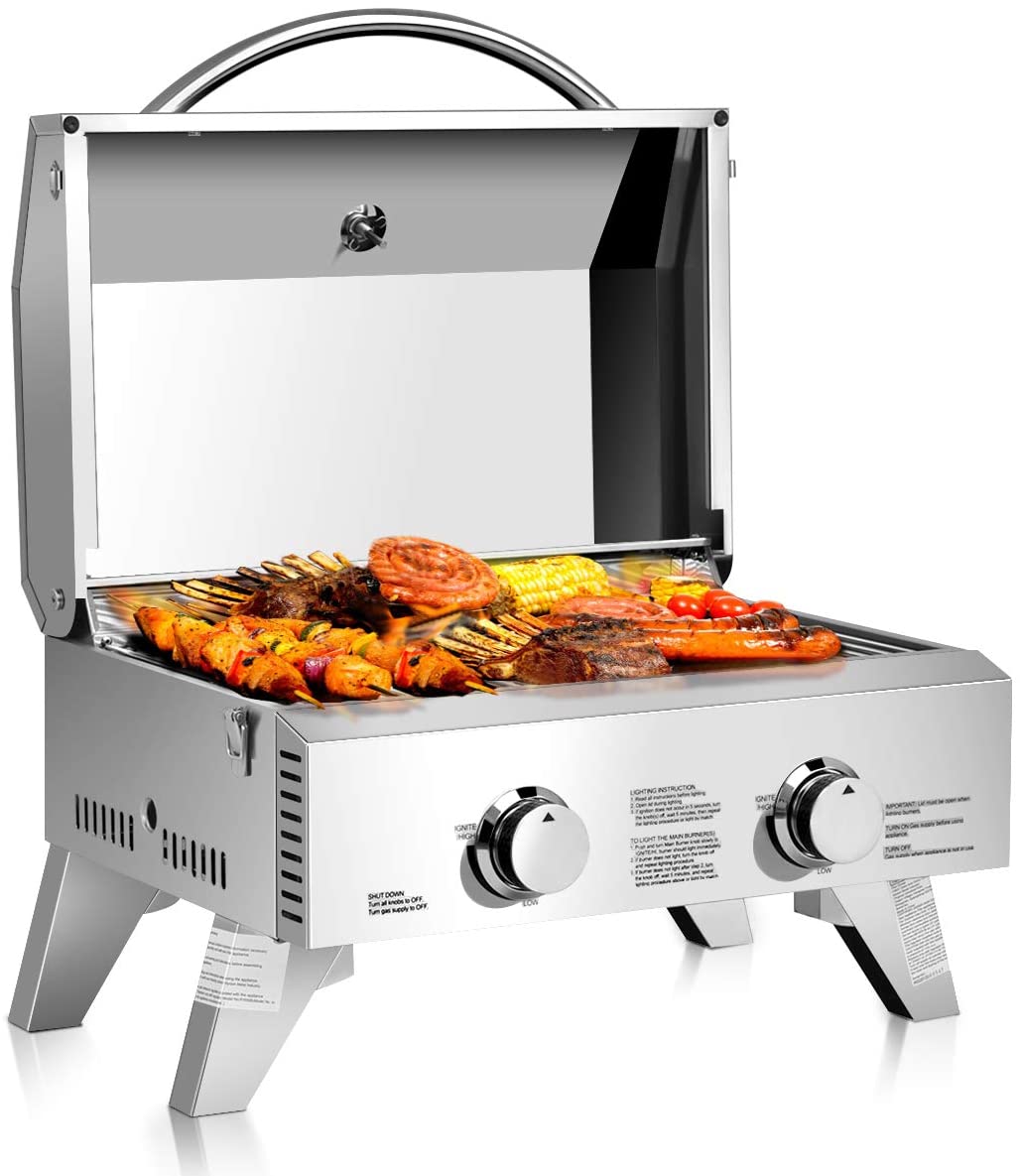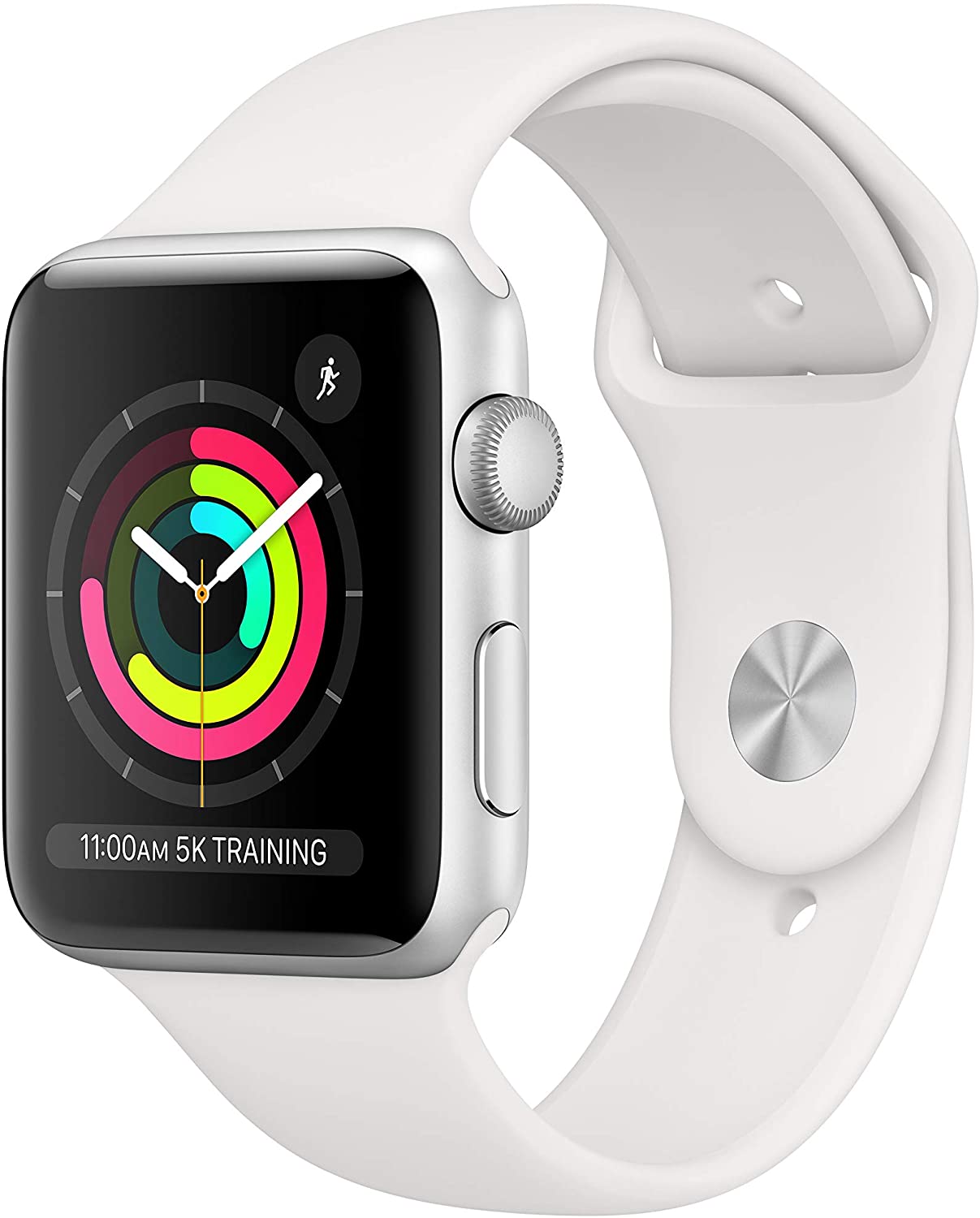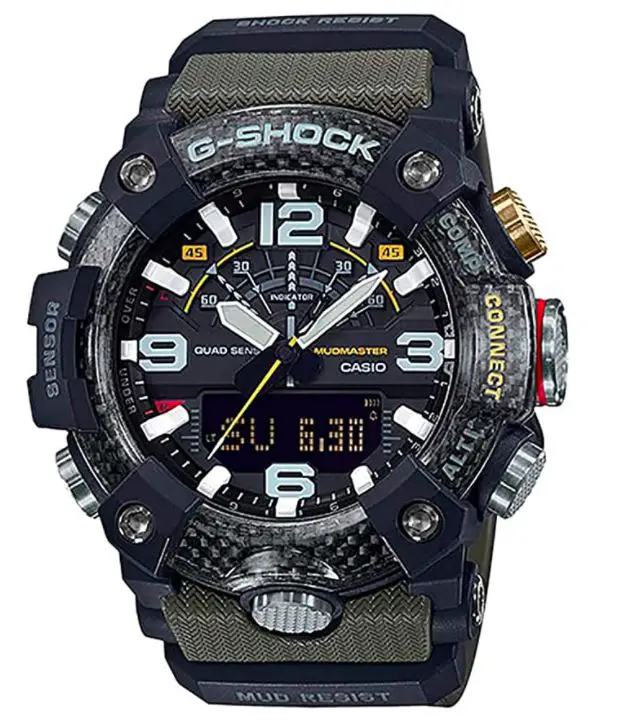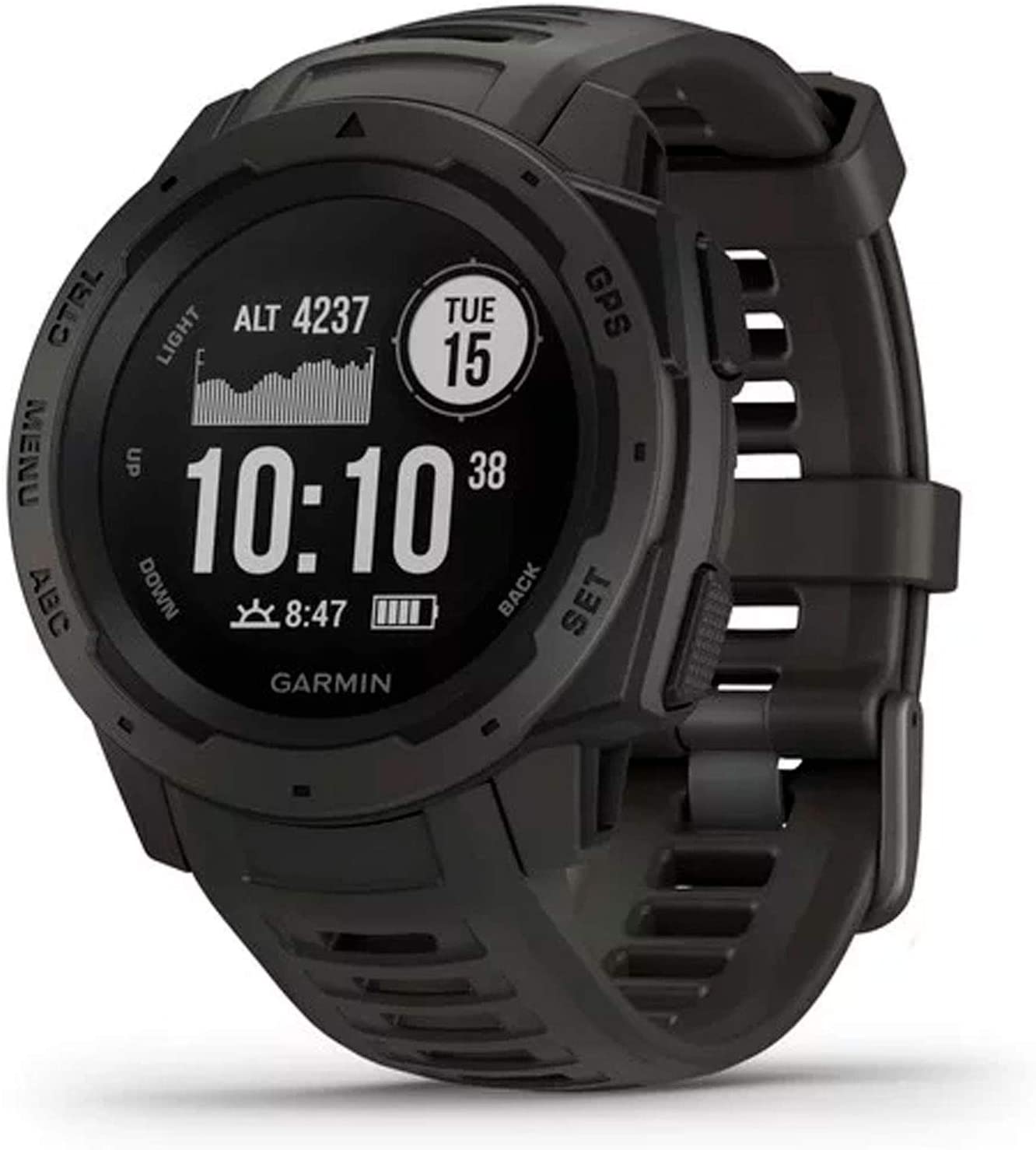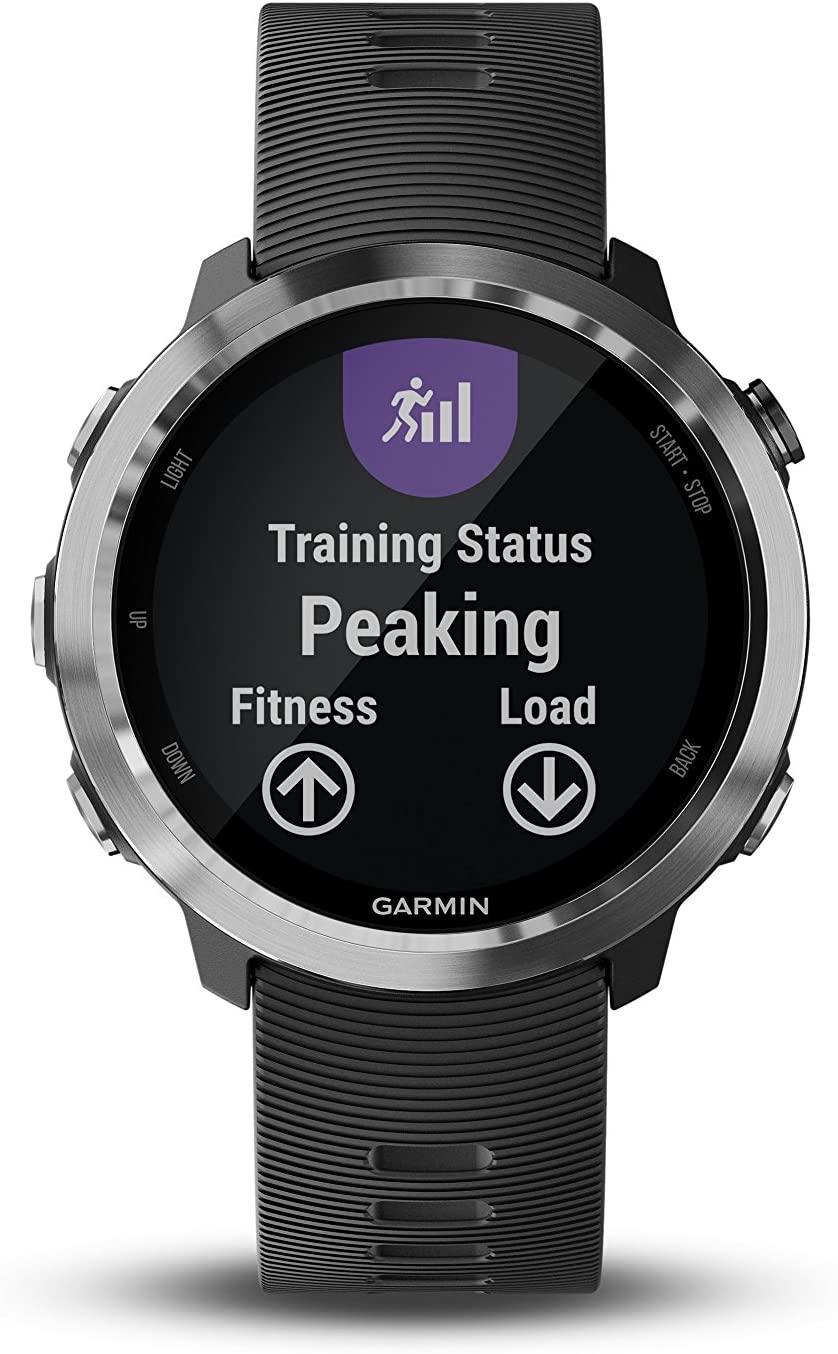Tips on how to choose the best spotting scope
Sometimes, binoculars can’t get close enough to a bird to show you the details you want. Beyond thirty metres or more, it becomes difficult to differentiate the smaller features. Okay, he’s a snipe, but what kind? A Western snipe, a semi-plucked, a Baird’s Sandpiper? At great distances, they all look the same.
A telescope allows you to get closer to the subject so that you can distinguish the type of snipe in front of you, or to understand if it is really a deer that you see popping out of the bushes on the edge of your property. The magnification of a spotting scope begins where your binoculars ends.
Spotting scopes are compact telescopes designed primarily for terrestrial observation and photography. In addition to bird watching, their uses include:
Watching remote sporting events, such as boat and climbing competitions;
The observation of deer, mountain goats, and other animals that are easily frightened;
The use of long distance microscopes to safely observe and study beehives, wasp and hornet nests, etc.;
Surveillance of your property and attached buildings for owners of isolated houses, ranchers, or farms;
The observation of activities relevant to ski resorts, lakes, or home ports;
Random astronomy; and so on.
There are two types of telescopes available: prismatic (a simple refractor, with a lens at one end and an eyepiece at the other) and catadioptric (a combination of lenses and mirrors).
An eyepiece resting directly on the back of an ordinary telescope shows you an image upside down and backwards. Because of this, prismatic spotting scopes have a built-in prismatic system, such as the leek prism, that allows you to straighten the image in the prismatic telescope below. Others, such as the catadioptric telescope shown on the next page, have a prism to observe at an angle of 45° (which folds at 45° to observe the straight image). Both provide straightened images (correctly oriented from left to right) so you can read the writing – distant names of boats and plates, for example.
Many spotting scopes have a zoom eyepiece that offers a wide range of magnifications. On some, it is possible to replace the zoom eyepiece with other eyepieces, each with its own fixed magnification. A zoom is much more flexible than a fixed-power eyepiece but, generally, it has a narrower field of view and somehow a lower resolution and contrast due to the extra lenses inside the zoom mechanism.
Low power eyepieces, or low power settings on a zoom, usually provide better images than high power eyepieces, due to the wider fields of view and brighter images at lower powers.
With many prismatic spotting scopes, the eyepiece is in line with the main telescope lens, just like in the telescopes shown on this page. Many American bird watchers prefer this type of straight view.
It allows them to centre the telescope more or less on a distant bird by sighting it from above the telescope barrel (or by using the non-magnifying diopter, or the sight notches that most telescopes have as an aid to aim), before trying to find the bird within the narrow field of view of the eyepiece. It also allows you to have a clear view over hedges and bushes so that the birder does not disturb the fauna. The straight view is also the most convenient for photography.
Riflescopes with a 45° viewing angle are the most popular in Europe, where observation is often carried out from a sitting position in a hidden spot. A telescope with a 45° angle view is the most comfortable and practical for many tall observers, because they do not have to twist their necks, they can observe while sitting, and also examine the treetops. Telescopes with a 45° angle of view are rising in popularity in this country thanks to these practicality factors.
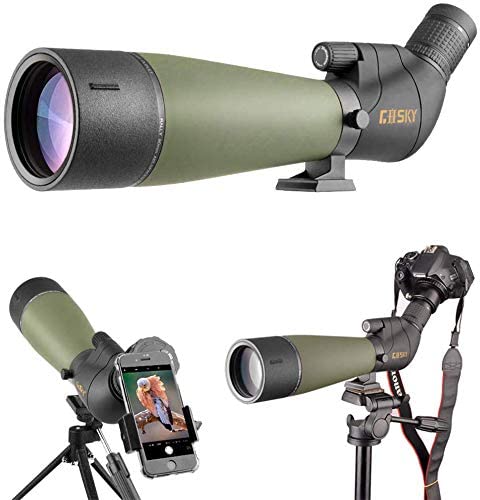
A spotting scope should always be used on a tripod, as holding it in your hand is not very practical. With straight-through telescopes, a high tripod is required so that a very tall observer can enjoy the viewing experience without having to squat. A telescope with a 45° viewing angle is useful when a tall observer and a short observer must divide it, since it eliminates the need to constantly raise or lower the tripod to adapt the telescope to the heights of each of the two.
Due to their limited magnification range, prismatic and refracting telescopes are generally useful for bird watching at medium powers at moderate distances of more or less 40 metres, where the binoculars are unable to reach, up to about 450 metres. (These distances do not represent limits, but are pure indicative figures.)
Reflex reflectors (combination of lens and mirror) are often powerful telephoto lenses equipped with a prism system that straightens the image and an eyepiece for visual use. They are usually the best choice as a high-powered spotting scope if long-distance nature photography is included in your bird-watching plans.
The combination of lenses and mirrors in a reflex reflector maintains a long focal length in a small package, giving you a high visual magnification and an exceptional performance of photographic lenses in an object of not excessive weight.

The large aperture and focal length of a reflex reflector make it very suitable for terrestrial observations from a fixed location – such as from a patio, a holiday cabin, or a house by the sea. Its focal length provides a narrow field of view, however.
This limits its usefulness for those activities that require a wide “panoramic” view, such as when you have to observe landscapes, follow sports where players move quickly, or observe birds approaching, etc. Catadioptrics, in general, are more useful at long distances between 60 metres and 1.6 kilometres. (Again, these distances do not represent limits, but are pure and simple indicative figures).
Due to its narrow field, a retro-reflector scope usually has a finder (a small, lower-powered rifle scope, equipped with aiming reticles, mounted on the side of the main scope and used to help you centre the scope on distant objects).
Some spotting scopes, mostly Questar reflex reflectors and some versions of the TeleVue Pronto and Ranger refractors, have a viewing angle of 90° with an eyepiece holder that positions the eyepiece at the right angle to align it to the line of sight. You have to look down and towards the eyepiece to observe the birds in front of you.
This provides sharper images, but some find this position very uncomfortable. In addition, the 90° eyepiece holder shows mirrored images. This means that a bird that moves from left to right is actually moving in the other direction and, to follow your path, you will have to move from right to left, which many find confusing at the beginning. After some use it becomes automatic, however, just like combing one’s hair in the mirror.
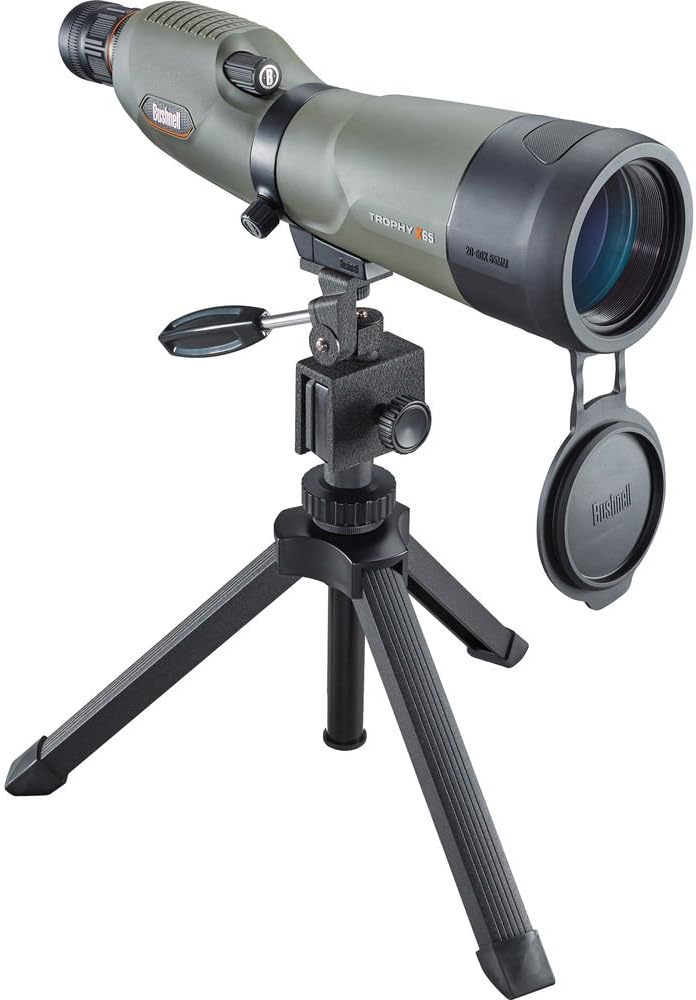
If you find the straight-through view much more comfortable, however, or if you need to get straight images for surveillance purposes, read the plates of distant boats, etc., you can purchase optional image straightening systems to give you a straight-through view that correctly orients images with these 90° telescopes.
Most catadioptric telescopes have a 45° removable eyepiece holder for an observation position halfway between the straight view of the prismatic telescopes and the 90° view of the Questar’s reflex reflectors. These 45° eyepiece holders provide correctly oriented images (both straight and correctly oriented), without the need to purchase a leek prism separately to align what you see in the telescope with what you see with the naked eye. This 45° viewing angle also offers a comfortable observation position for long bird-watching sessions, especially for those who are very tall and have a short tripod.
If you plan to use your car as a mobile viewing point, straight-through viewing – or a 45° system that can be moved from side to side – is practically essential, as there is usually not enough space in a car to let the head enter between the roof and the eyepiece of a 90° telescope mounted on a car window.
The magnification of any reflex reflector can be changed simply by replacing with a different eyepiece. Zoom-type eyepieces are available and provide considerable observational flexibility, albeit at the cost of less contrast and a smaller field of view at low powers than eyepieces with a fixed power of similar magnifications.
Due to the folded optical path design of a reflex reflector, an image of its secondary mirror is sometimes visible as a fuzzy grey spot in the centre of the field during daytime observations at very low powers (lower than those provided by the eyepiece normally included with the telescope). Switching to a higher power eyepiece can eliminate this image of the secondary mirror.

